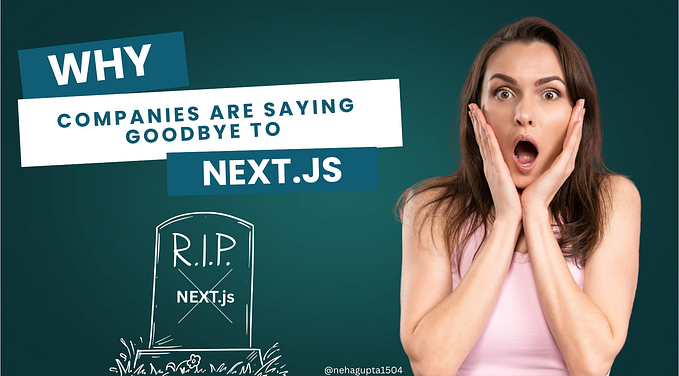Simple rules for web accessibility

Web accessibility refers to the practice of designing and developing websites that are easily accessible and usable by people with disabilities.
This includes individuals with visual, auditory, motor, and cognitive impairments, as well as those who use assistive technologies such as screen readers, keyboard-only navigation, and speech recognition software.
There are several reasons why web accessibility is important. First and foremost, it ensures that everyone can access and use the web, regardless of their abilities or disabilities. This is important because the web is a vital resource for information, communication, and commerce, and no one should be excluded from using it.
In addition to ethical considerations, there are also legal requirements for web accessibility. In the United States, the Americans with Disabilities Act (ADA) requires that all public accommodations, including websites, be accessible to people with disabilities. This means that businesses, organizations, and government agencies must ensure that their websites are accessible to people with disabilities, or risk legal action.
So, what can web designers and developers do to make their websites more accessible? Here are a few best practices to follow:
Use proper HTML markup
Properly structured HTML allows screen readers and other assistive technologies to interpret and present content in a meaningful way. This includes using semantic elements such as headings, lists, and tables, and providing alternative text for images.
Make sure your website is keyboard-navigable
Many people with disabilities, including those with motor impairments and visual impairments, rely on keyboard navigation to use the web. Make sure that all interactive elements on your website, such as buttons and links, are keyboard-accessible.
Use clear and descriptive link text
Links should clearly describe the destination of the link, so users can understand where the link will take them without having to hover over or click on the link.
Use high-contrast color schemes
People with visual impairments, such as low vision or color blindness, may have difficulty reading text or distinguishing between different colors on low-contrast backgrounds. Use high-contrast color schemes and avoid using color as the sole method of conveying information.
Use clear and descriptive headings
Headings help users navigate and understand the content on a webpage. Use clear and descriptive headings and use them in a logical hierarchy to make it easy for users to understand the structure of the content.
Provide transcripts or captions for audio and video content
Audio and video content can be difficult or impossible for some users to access. Provide transcripts or captions for audio and video content to make it more accessible to all users.
By following these best practices, web designers and developers can create websites that are accessible to everyone, regardless of their abilities or disabilities.
This not only benefits people with disabilities, but also benefits businesses and organizations by increasing the potential audience for their websites









